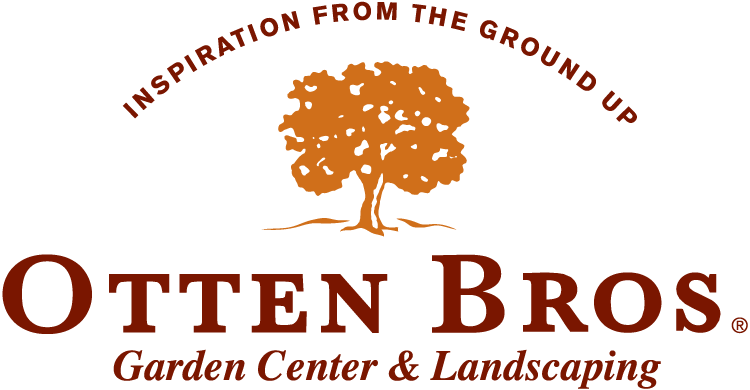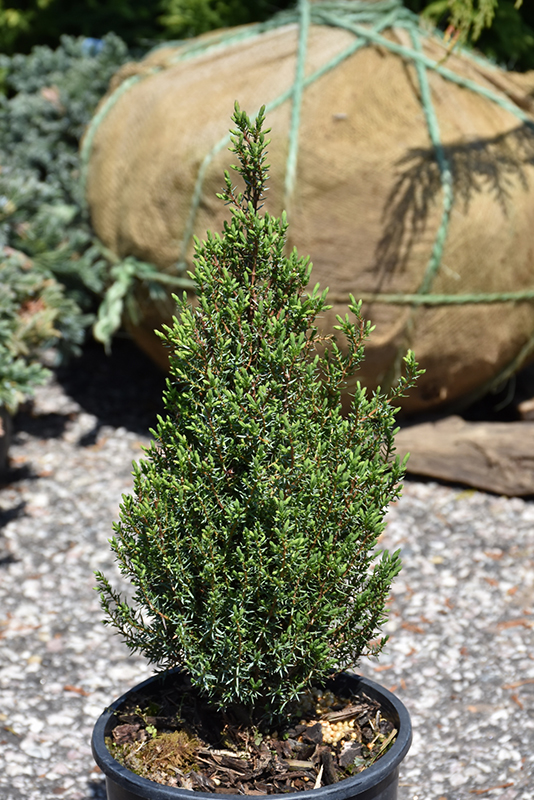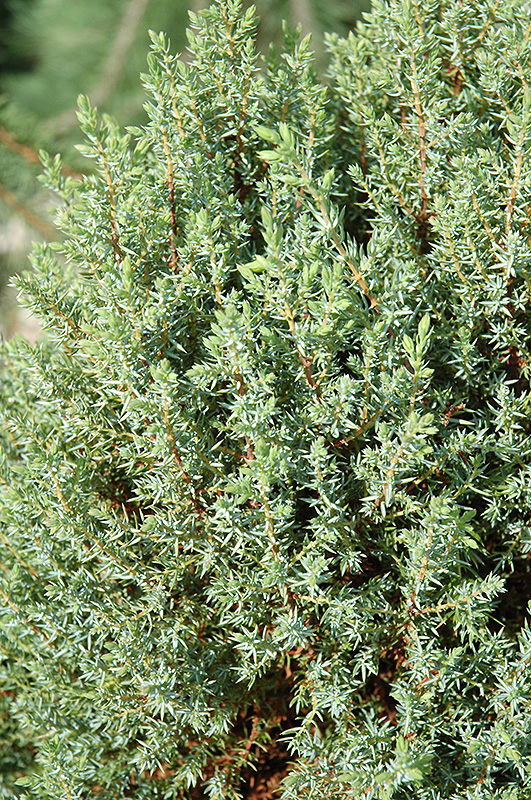Miniature Juniper
Juniperus communis 'Miniature'
Height: 12 feet
Spread: 3 feet
Sunlight:
![]()
Hardiness Zone: 3
Description:
A lovely conifer that can lend itself to a variety of garden styles, formal or casual; columnar shape can be used in multiples to create a backdrop, or for framing walks or driveways; likes good drainage and protection from extreme weather
Ornamental Features
Miniature Juniper is a dwarf conifer which is primarily valued in the landscape or garden for its rigidly columnar form. It has attractive grayish green evergreen foliage. The needles are highly ornamental and remain grayish green throughout the winter. It produces blue berries from late spring to late winter.
Landscape Attributes
Miniature Juniper is a dense multi-stemmed evergreen shrub with a narrowly upright and columnar growth habit. It lends an extremely fine and delicate texture to the landscape composition which can make it a great accent feature on this basis alone.
This is a relatively low maintenance shrub, and is best pruned in late winter once the threat of extreme cold has passed. It has no significant negative characteristics.
Miniature Juniper is recommended for the following landscape applications;
- Accent
- Vertical Accent
- General Garden Use
Planting & Growing
Miniature Juniper will grow to be about 12 feet tall at maturity, with a spread of 3 feet. It has a low canopy, and is suitable for planting under power lines. It grows at a medium rate, and under ideal conditions can be expected to live for approximately 30 years.
This shrub should only be grown in full sunlight. It is very adaptable to both dry and moist growing conditions, but will not tolerate any standing water. It is considered to be drought-tolerant, and thus makes an ideal choice for xeriscaping or the moisture-conserving landscape. It is not particular as to soil type or pH. It is highly tolerant of urban pollution and will even thrive in inner city environments. This is a selection of a native North American species.







